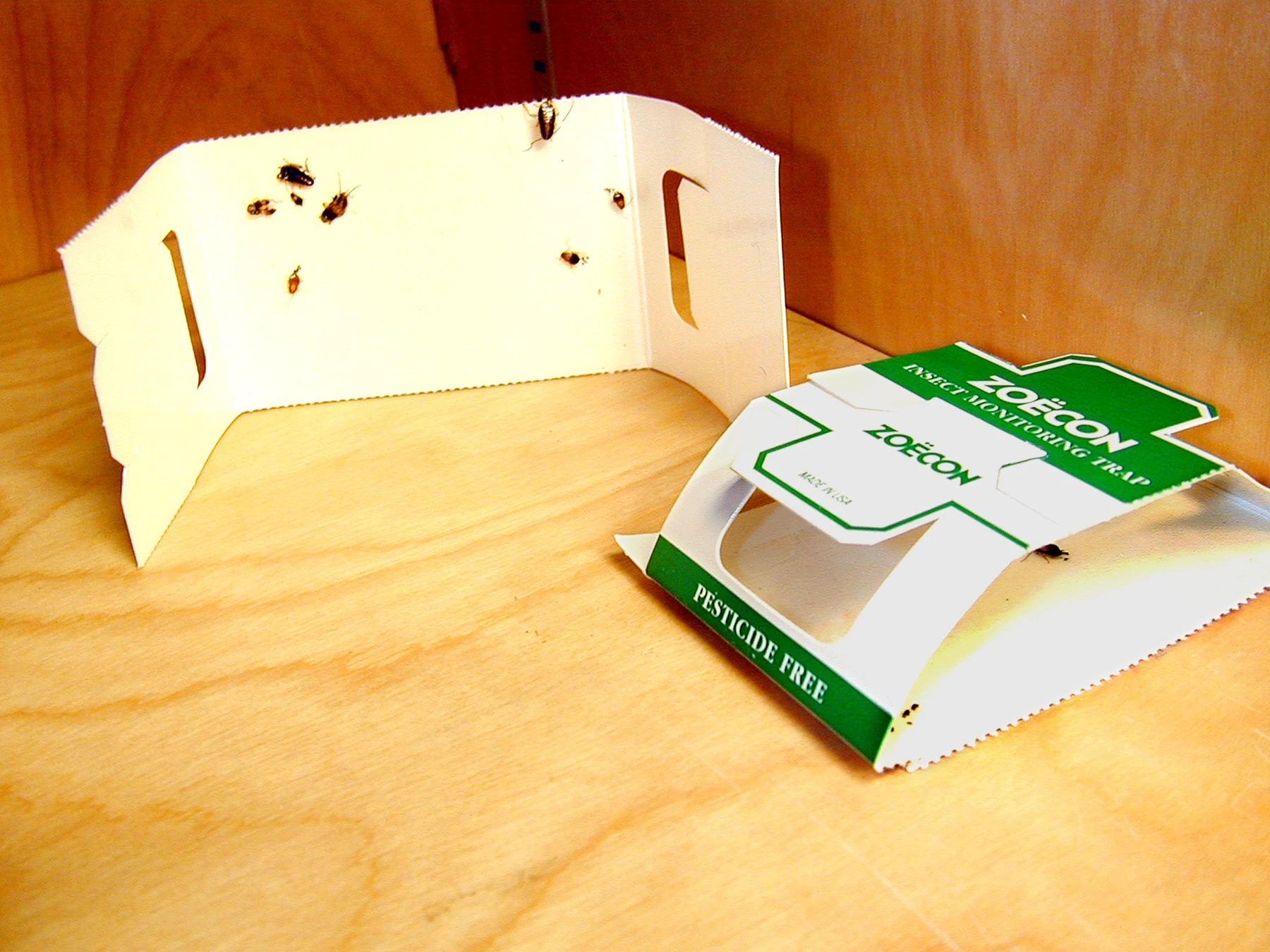Dealing with a bed bug infestation can be a frustrating and challenging experience for homeowners. However, there are effective methods available to help manage and control these pesky pests.
One method is the use of glue traps, simple yet powerful tools that can aid in monitoring and mitigating the presence of bed bugs in living spaces.
In this article, we will explore the effective use of glue traps for bed bugs, providing insights into their placement, securing, and role in a comprehensive bed bug control strategy.
What are glue traps?
Glue traps are effective tools used to monitor and control the presence of bed bugs in your area, even if they are in hiding places or in their natural territory. These traps consist of a flat surface coated with a strong adhesive that bed bugs get stuck to upon contact.
When dealing with a bed bug infestation, it's important to strategically place the insect glue traps in areas where the pests are most active, such as the corners of mattresses, along seams, in cracks and crevices of furniture, or any place that has food sources.
Effectiveness of Glue Traps for Bed Bugs
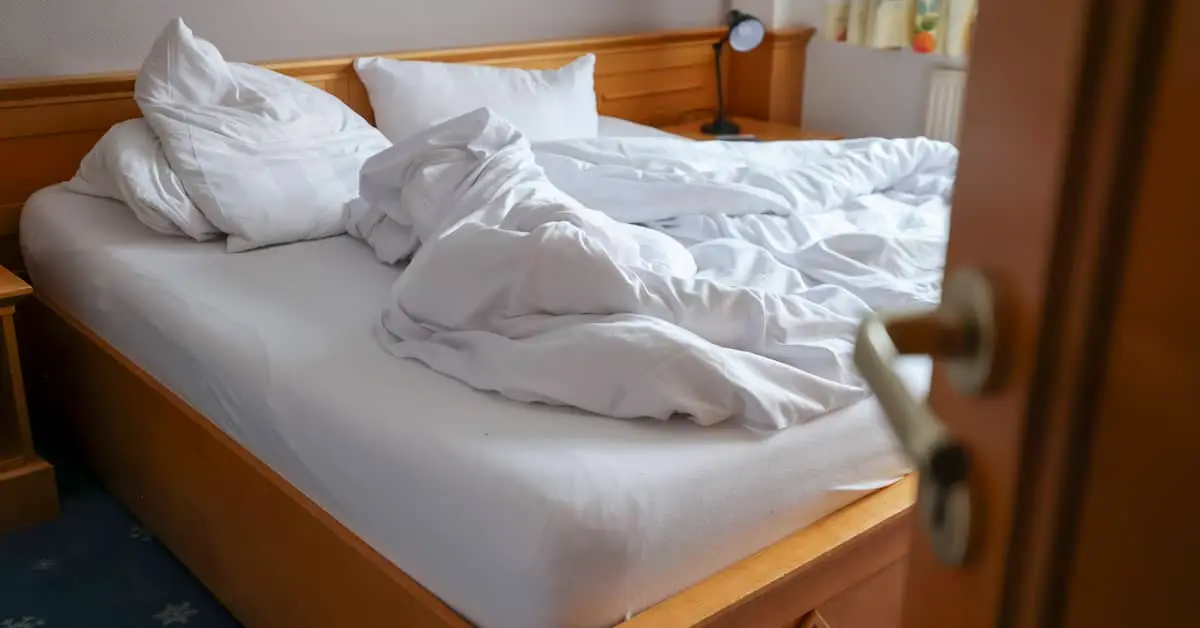
Glue traps are proven to be an effective method for monitoring and controlling bed bug infestations. When strategically placed in areas of high activity, such as along mattress seams and in furniture crevices, these traps can capture bed bugs, providing valuable insight into the extent of the infestation.
By using glue traps along with other control methods like regular vacuuming and laundering of bedding and clothing, the effectiveness of bed bug eradication efforts is significantly enhanced.
Additionally, the proactive use of glue traps allows for ongoing monitoring, ensuring that any resurgence of bed bug activity is promptly addressed. Overall, the use of glue traps for bed bugs is a proactive and effective approach to the management of these persistent pests.
Using Glue Traps for Bed Bugs
Pros
- Monitor Bed Bug Activity: Glue traps provide a means to monitor the presence and activity of bed bugs in your living spaces, allowing you to gauge the extent of the infestation and track any changes in their population.
- Easy to Use: Glue traps are simple tools that can be easily set up and placed in strategic locations where bed bugs are most active, requiring minimal effort and expertise.
- Non-Toxic: Unlike many other bed bug control methods, glue traps are non-toxic and do not require the use of harmful chemicals or any health hazard, making them a safer option for both humans and pets, especially in homes with children or pets.
- Catch Young Bed Bugs: Glue traps are effective at capturing not only adult bed bugs but also young bed bugs, helping to prevent further reproduction and population growth by targeting all life stages of the pests or any other types of ants or insects.
Cons
- Limited Effectiveness: While glue traps can be useful in monitoring bed bug activity, they may not completely eradicate an infestation on their own. They are best used in conjunction with other control methods for more comprehensive results.
- Not a Preventative Measure: Glue traps primarily serve as a reactive solution to an existing bed bug problem. They are not designed to prevent bed bug infestations from occurring in the first place, lacking the ability to act as a preventive measure.
- Replacement Needed: Glue traps can become less effective over time as they fill up with captured bed bugs or become dusty. Regular replacement of the traps is necessary to maintain their effectiveness, adding to the ongoing maintenance requirements.
- Messy Cleanup: Removing and disposing of glue traps can be a messy process, as the trapped bed bugs may stick to the trap or transfer to other surfaces, requiring proper precautions to avoid spreading the infestation during cleanup and making the process less convenient.
When to Use Bed Bug Glue Traps?
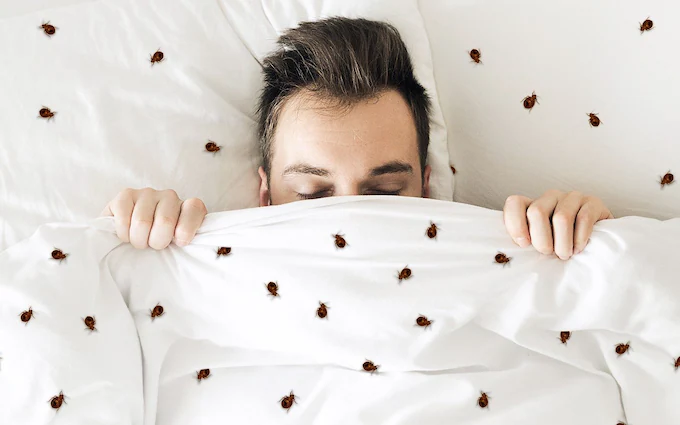
Bed bug glue traps or pest control traps are best used when you suspect or confirm the presence of bed bugs in your living spaces. They are particularly useful in monitoring and controlling bed bug infestations, especially in areas such as bedrooms, living rooms, and other areas where bed bugs are likely to hide.
Additionally, glue traps are effective for determining the severity of an infestation and for ongoing monitoring after treatment to ensure that the bed bugs have been eradicated. Regular use of glue traps can help provide early detection of bed bugs and contribute to a proactive approach to managing their presence in your home.
Step-by-Step Guide to Using Glue Traps for Bed Bugs
1. Select the right glue traps
When dealing with a bed bug infestation, it's important to select the right glue traps. There are various types of glue traps available, including:
- Pheromone-based traps: These traps use pheromones to attract bed bugs.
- Non-toxic adhesive traps: These traps use a non-toxic adhesive to capture bed bugs.
Consider the severity of the infestation, ensure the traps are specifically designed for bed bugs, and read product reviews to gauge effectiveness before choosing the most suitable trap for your needs.
2. Identify infested areas
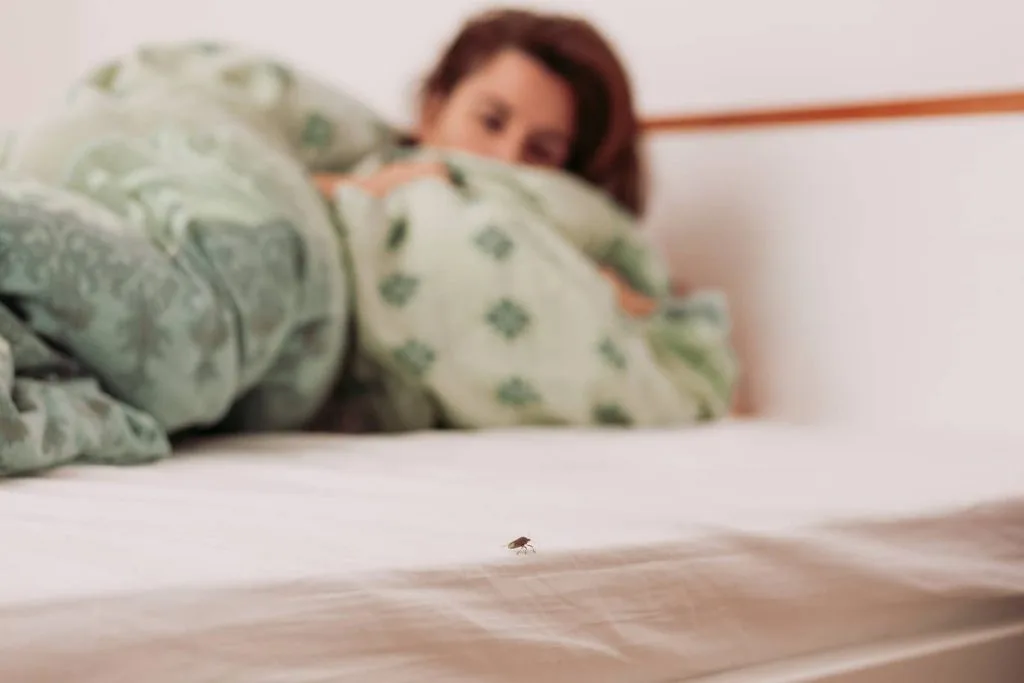
Identifying the areas where bed bugs are most active is crucial. Look for signs of bed bug activity in the corners of the mattress, along the seams, and in cracks and crevices of furniture.
3. Clean the area
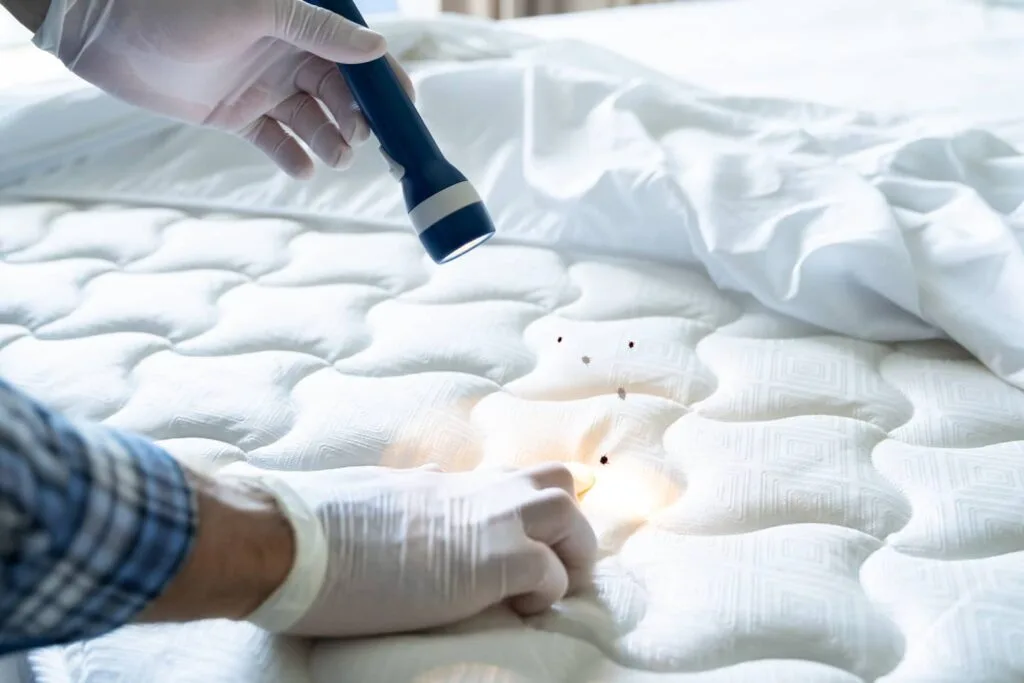
Before placing the glue traps, it's essential to clean the infested areas to remove debris or hiding spots for bed bugs. Vacuum the areas thoroughly to eliminate any existing bed bugs, eggs, or debris.
4. Place the glue traps strategically
To properly set up the glue traps:
- Remove any plastic covering on the trap.
- Place the traps flat on a surface near the identified infested areas.
- Make sure the traps are firmly in place and are difficult for animals or people to move.
5. Monitor and replace traps
Regularly check and replace the glue traps as needed to maintain their effectiveness. Bed bugs are persistent, so patience and persistence are essential in eradicating them from your home.
6. Combine with other control methods
To enhance the effectiveness of the glue traps, consider using them in conjunction with other control methods:
- Regular vacuuming: This is needed to remove bed bugs and their eggs from carpets, furniture, and surfaces.
- Launder bedding, curtains, and clothing in hot water. This is to kill any bed bugs that may be present.
Notes: Other methods are discussed below.
7. Monitor progress
It's important to monitor the effectiveness of the glue traps and other control methods to gauge the progress of bed bug eradication. Regular monitoring will provide valuable insight into the extent of the infestation and guide further action.
Alternative Bed Bug Control Methods
Heat Treatment
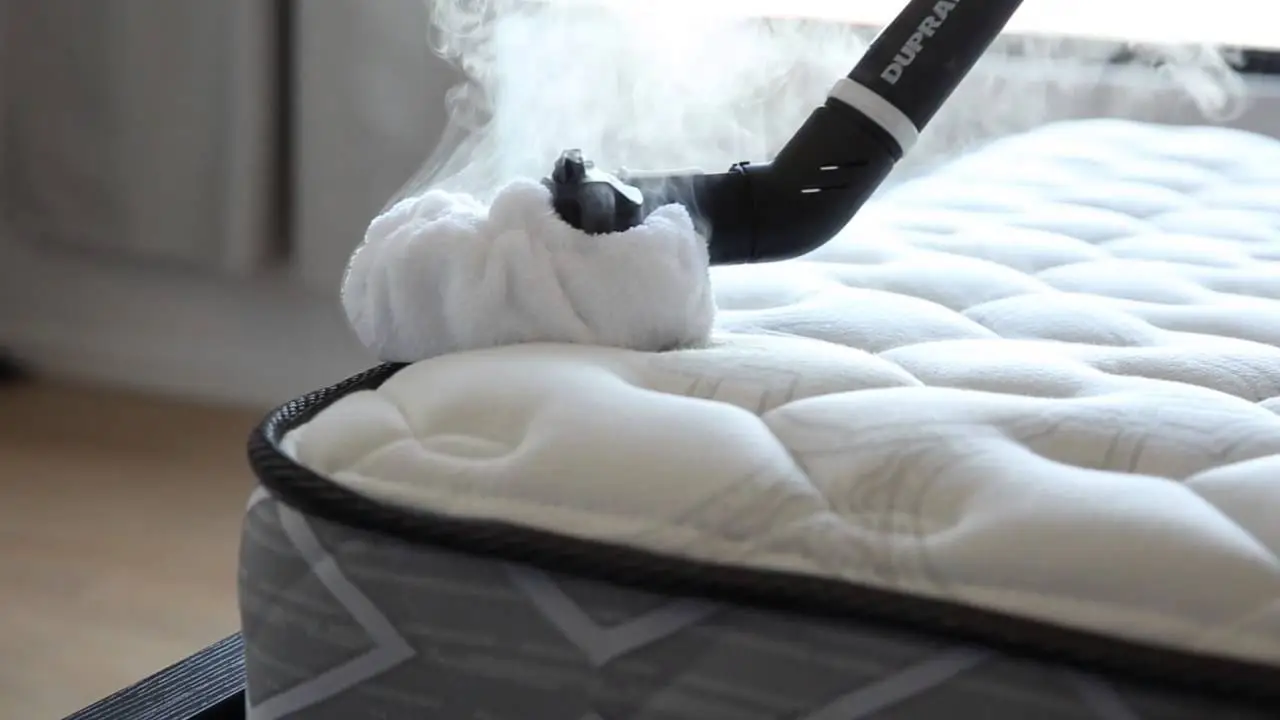
Exposing bed bugs to high temperatures can effectively kill them. This can be done through steam cleaning, using a clothes dryer on high heat, or employing specialized heating equipment to treat infested areas.
Cold Treatment
Cold treatment is an alternative method for eliminating bed bugs that involves exposing infested items or areas to extremely cold temperatures. This method is effective in eradicating bed bugs as it can kill them at various life stages, including eggs, nymphs, and adults.
One drawback of cold treatment is that it may require prolonged exposure to very low temperatures, which can be impractical for large pieces of furniture or entire rooms.
Ozone
Ozone treatment is another cold treatment method that involves using ozone generators to produce ozone gas, which is then circulated in the infested area. Ozone is effective in killing bed bugs by damaging their respiratory systems and outer shells.
However, ozone treatment can be hazardous to humans and pets if not used properly. Adequate ventilation and strict adherence to safety guidelines are crucial when using ozone for bed bug control.
Diatomaceous Earth
Diatomaceous earth is a natural and non-toxic cold treatment option for bed bugs. It works by dehydrating and damaging the exoskeleton of bed bugs, ultimately leading to their demise.
When using diatomaceous earth, it's important to apply a thin layer in areas where bed bugs are present and ensure that it remains dry for maximum effectiveness. However, it may take some time to see results, and repeated applications may be necessary.
Encasement
Encasing mattresses, box springs, and pillows in special bedbug-proof covers can prevent bed bugs from infesting these items and make it easier to detect and manage infestations.
Natural Repellents
Essential oils such as lavender, tea tree, and peppermint are believed to have repellent properties against bed bugs. Using these oils in sprays or diffusers may help deter bed bugs from infesting certain areas.
Professional Pest Control Services
If the infestation is severe, seeking the assistance of professional pest control services may be necessary. They can employ a range of methods, including chemical treatments, heat treatments, and fumigation, to effectively eradicate bed bugs using lethal methods.
Bed Bug Preventative Methods
1. Inspect second-hand furniture and clothing
When acquiring secondhand furniture or clothing, thorough inspection is crucial to prevent the introduction of bed bugs into your home. Here are some essential tips for identifying and avoiding potential bed bug infestations:
- Examine Closely: Inspect seams, folds, and crevices for live bed bugs, shed skins, and fecal stains, which appear as small dark spots.
- Use a Flashlight: Bed bugs are adept at hiding in obscure places, so use a flashlight to illuminate dark corners and hidden areas during inspections.
- Be Cautious: If you suspect the presence of bed bugs, consider refraining from bringing the item into your home until it has been thoroughly inspected and treated, if necessary.
2. Use protective enclosures
Protective encasements for mattresses and box springs offer a physical barrier against bed bugs, preventing them from infesting your bedding. Follow these steps to properly install protective encasements:
- Select High-Quality Encasements: Choose encasements specifically designed to prevent bed bug infiltration and escape.
- Carefully Encase Mattresses and Box Springs: Ensure that the encasements are securely zipped and sealed to prevent bed bugs from entering or escaping.
- Regularly Inspect and Maintain: Periodically inspect encasements for any signs of damage or wear and tear, and promptly repair or replace them as needed.
3. Reduce clutter
Clutter provides numerous hiding spots for bed bugs, making it challenging to detect and eliminate infestations. Here's how reducing clutter can help prevent bed bug infestations:
- Streamline Living Spaces: Decluttering and organizing your home can minimize potential hiding spots for bed bugs, making it easier to identify and address infestations.
- Regular Cleaning: Simplify cleaning routines by reducing clutter, allowing for more efficient vacuuming and maintenance of living spaces.
4. Regularly vacuum and clean
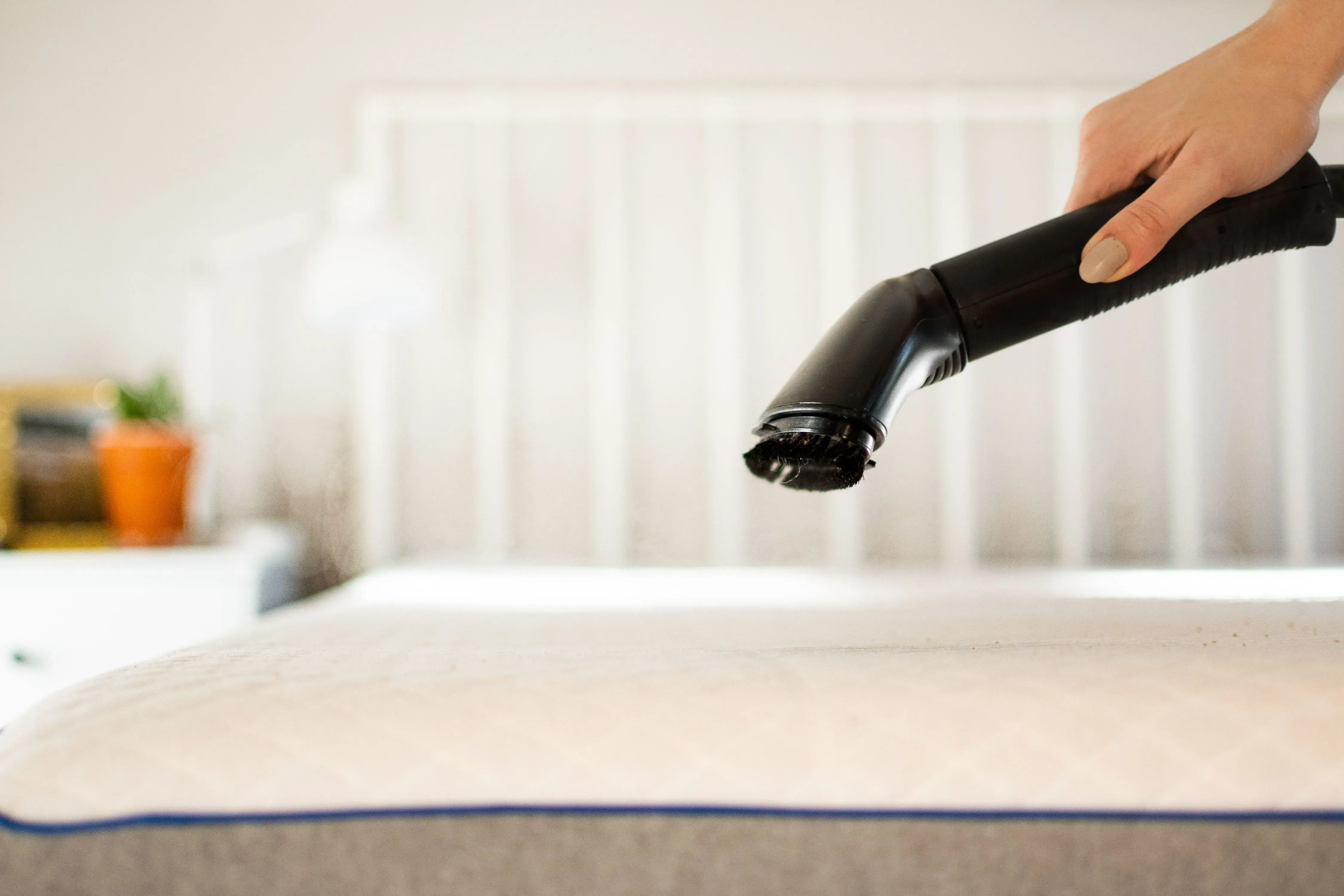
Regular cleaning and vacuuming are essential components of effective bed bug prevention. Follow these guidelines to maximize the effectiveness of your cleaning efforts:
- Thorough Vacuuming: Vacuum mattresses, carpets, furniture, and other potential hiding spots for bed bugs, paying close attention to seams, tufts, and edges.
- Dispose of Vacuum Contents Properly: After vacuuming, promptly dispose of the vacuum bag in a sealed plastic bag and discard it in an outdoor trash receptacle to prevent bed bugs from reinfesting your home.
5. Inspect and seal cracks and crevices
Inspecting your home for cracks and crevices where bed bugs can hide is crucial for preventing infestations. Here's how to effectively seal openings to deter bed bugs:
- Thorough Inspection: Conduct a comprehensive inspection of your home to identify potential entry points and hiding spots for bed bugs.
- Sealing with Caulk: Seal cracks, crevices, and gaps using caulk or other appropriate materials to prevent bed bugs from entering or escaping.
6. Be cautious when traveling
Traveling presents potential risks of encountering bed bugs, but you can take precautions to minimize the likelihood of bringing them home:
- Inspect Hotel Rooms: Thoroughly inspect hotel rooms for signs of bed bugs before unpacking, paying close attention to mattress seams, headboards, and upholstered furniture.
- Use Luggage Encasements: Utilize luggage encasements to protect your belongings from potential bed bug exposure during travel.
- Wash Clothing Upon Return: Upon returning from a trip, promptly launder all clothing, including items that weren't worn, using high heat to eliminate any hidden bed bugs.
7. Dry clothing and bedding on high heat
High heat effectively kills bed bugs and their eggs, making regular laundering a critical preventative measure.
- Use High Heat Settings: Wash and dry clothing, bedding, and other washable items on high heat to eradicate any potential bed bugs.
- Regular Maintenance: Incorporate high-heat laundering into your regular laundry routine as a proactive measure against bed bugs.
Disposing of Used Glue Traps
Dealing with used glue traps, especially those used for pest control, requires careful handling and disposal to ensure effective containment of trapped pests and minimize any potential health and environmental risks.
1. Wait until the trap is full or inactive
It is important to wait until the glue trap is full or inactive before disposal. This allows for maximum capture of pests and ensures that any remaining pests are unable to escape during the disposal process.
To monitor the trap, regularly check for the presence of pests and replace the trap when it is full or when it is no longer capturing pests.
2. Seal the trap securely
When disposing of a used glue trap, it is crucial to seal it securely to prevent any escape of trapped pests.
To seal the trap effectively, carefully fold or roll the trap to contain the pests within the adhesive and then secure it with tape or place it in a sealable plastic bag.
3. Dispose of the trap in an outdoor trash bin
Dispose of the sealed trap in an outdoor trash bin to prevent re-infestation. Placing it in an outdoor bin reduces the risk of pests escaping and re-entering the living space. Choose a sturdy outdoor trash bin with a secure lid to prevent wildlife or pets from accessing the trap.
4. Consider double-bagging for added security
For added security, consider double-bagging the sealed trap before placing it in the outdoor trash bin. Double-bagging further reduces the risk of pests escaping and provides an extra layer of containment.
5. Follow local regulations
Adhere to local regulations regarding the disposal of glue traps. It is important to research and comply with any specific guidelines or restrictions in your area to ensure proper and responsible disposal.
6. Consider recycling if possible
If recycling facilities in your area accept glue traps, consider recycling the traps to minimize their environmental impact. Contact local recycling facilities or waste management authorities to inquire about the proper procedure for recycling glue traps.
7. Avoid flushing or burning
Avoid flushing or burning the glue trap, as these methods can be harmful or ineffective. Flushing the trap may lead to clogging in plumbing systems while burning it can release potentially harmful fumes and substances into the environment.
8. Clean your hands thoroughly
After handling used glue traps, thoroughly clean your hands to minimize any potential health risks. Use soap and water to wash your hands and consider using disposable gloves during the disposal process for added protection.
FAQs
Where should I place glue traps for bed bugs?
Common hotspots for bed bugs include the corners of mattresses, along seams, and cracks and crevices of furniture. Placing glue traps strategically in these areas can increase their effectiveness.
How do I ensure that glue traps are properly placed and secured for maximum effectiveness?
To ensure proper placement, remove any plastic covering on the trap and place it flat on a surface near infested areas. It's important to secure the traps so that they won't be easily knocked over or moved by pets or people
How can I enhance the effectiveness of glue traps for bed bugs?
Using glue traps in conjunction with other bed bug control methods such as regular vacuuming and laundering bedding, curtains, and clothing in hot water can enhance the effectiveness of the traps.
What should I do to monitor the effectiveness of glue traps for bed bugs?
Regularly checking and replacing the glue traps as needed is essential to monitoring their effectiveness. This allows for the capture of bed bugs and provides valuable insight into the extent of the infestation.
How long does it take for glue traps to effectively capture bed bugs?
The time it takes for glue traps to capture bed bugs can vary depending on the severity of the infestation. Regular monitoring and patience are key to successfully using glue traps for bed bugs.
Are bed bugs smelly?
Bed bugs do produce a distinct, sweet, musty odor often described as "buggy" or "fruity." This smell is emitted from their scent glands and can be especially noticeable in severe infestations. However, not everyone can detect this odor, and its intensity can vary.
Conclusion
Using glue traps as part of a proactive bed bug control strategy can significantly aid in monitoring and managing an infestation or any unwelcome wildlife inhabitants.
By strategically placing and securing these traps and complementing their use with other control methods such as regular vacuuming and laundering, homeowners can enhance their efforts to eradicate bed bugs from their living spaces. With persistence, the effective use of glue traps can contribute to reclaiming a bug-free bed, as it can be one of many lethal methods to get rid of bugs.
Jessica H.
Jessica is a reviewer, writer, and sleep enthusiast at Sleepiverse. Jessica graduated with her master's degree in Nursing research and education. She is a registered nurse and currently works in the Intensive Care Unit. Since becoming a nurse, Jessica has worked the night shift, which means a disrupted sleep schedule. Knowing she needed to function at her best while caring for patients at night, she spent a lot of time researching how to sleep well with a difficult schedule.


